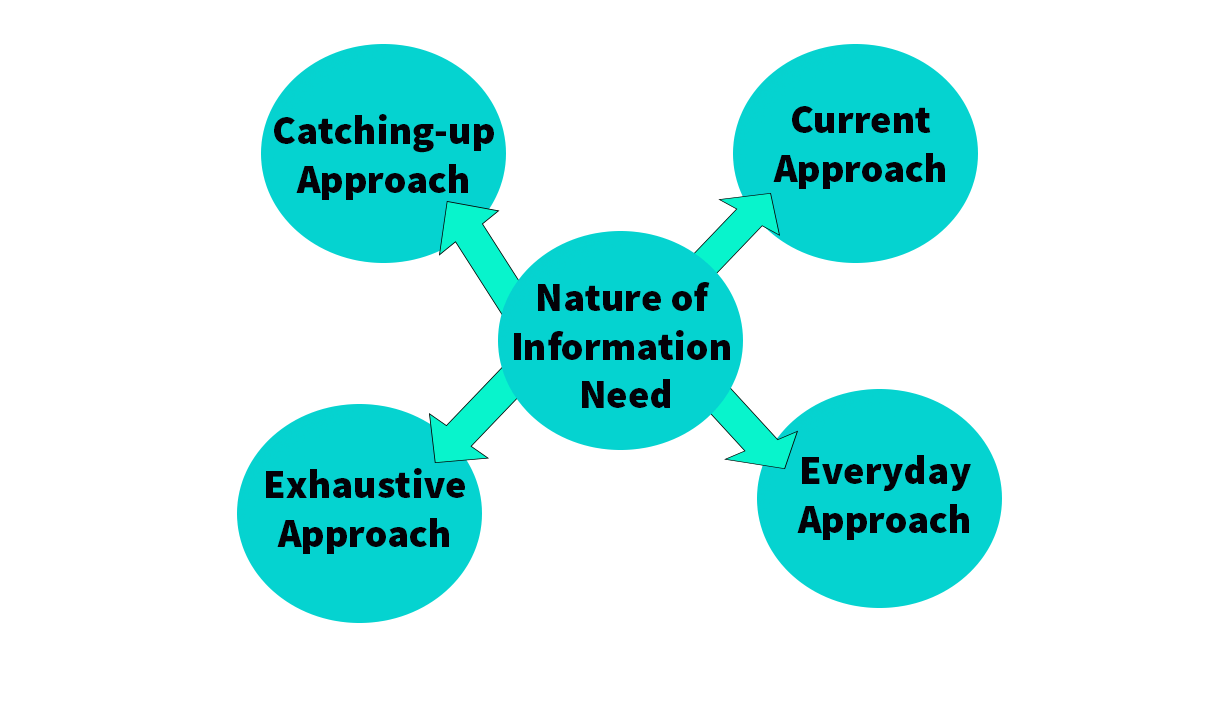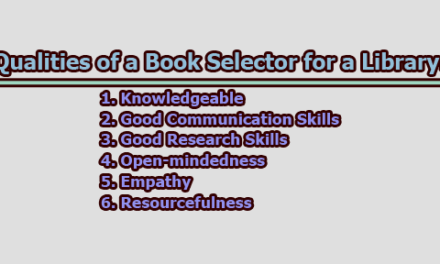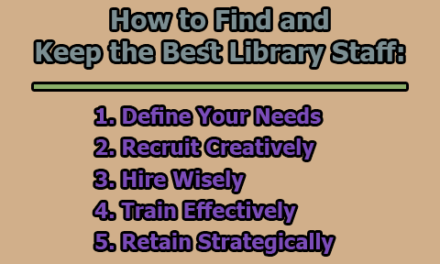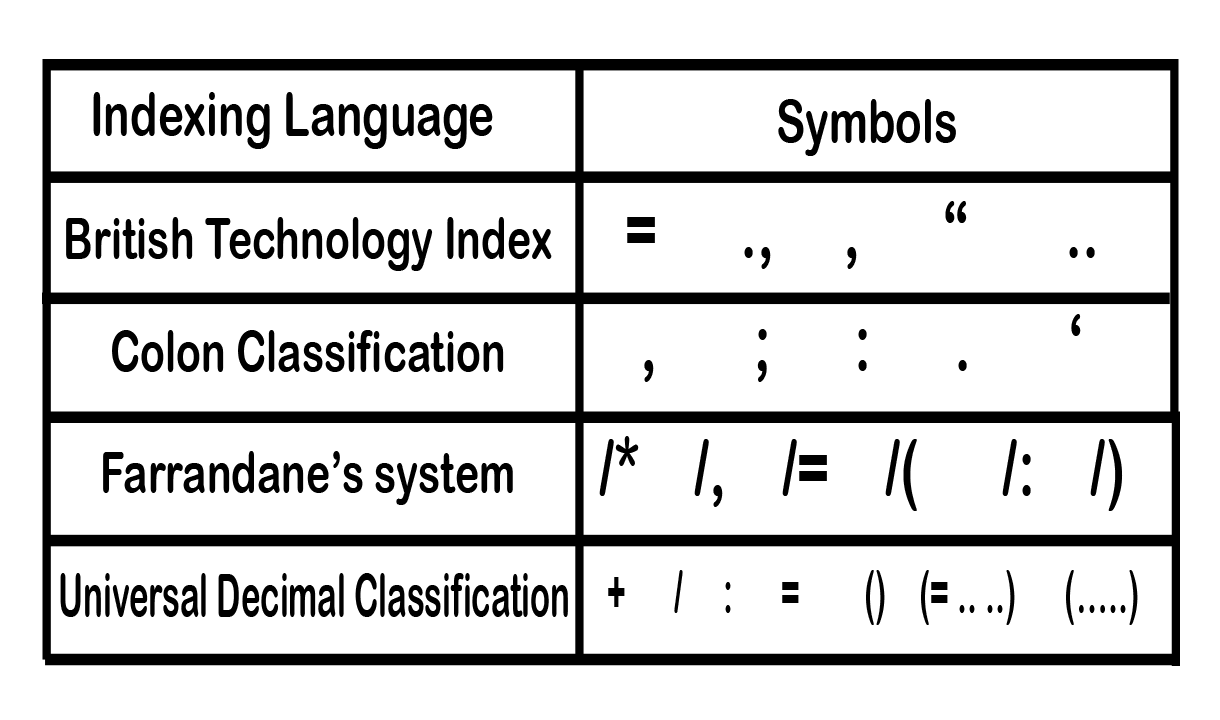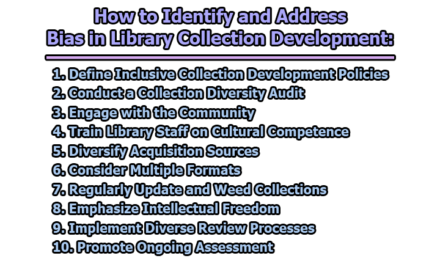Information need is a term used in the field of information science to describe the gap between a person’s current knowledge or understanding of a topic and the knowledge or understanding they wish to have. It refers to the desire or requirement for information to satisfy a specific purpose or task. An information need arises when someone requires information to make a decision, solve a problem, or gain new knowledge about a particular topic. It is a fundamental concept in information seeking and retrieval, as it drives the search for information and influences the selection of information sources and search strategies. Identifying and understanding information needs is critical for effective and efficient information seeking and use. In this article, we are going to know about the nature of information needs and the difference between exhaustive and current approaches.
Nature of Information needs:
Melvin Voigt clearly identified three types of information requirements. Later on, a fourth type was added by other workers in the field. Now it is generally accepted that there are four types of information requirements or approaches. These are briefly deliberating below:
i. Current Approach: Every single active worker has to keep himself abreast of current developments, up to a fair degree, only in his specific field of work but also in the border field or field of interest or areas, whose developments can substantially change the course of his present work. Here the worker interacts with the information system in a very general way browsing through his favorite periodicals, going through the abstract, journals, etc. the very nature of this approach requires constant interaction with the information system.
Current approach services: to fulfill the current approach the following services should be served:
- Title announcement service
- Selective Dissemination of Information (SDI)
- Announcement of research in progress
- Notification of forthcoming conferences, meetings, etc.
- Newspaper clippings.
ii. Everyday Approach: The second approach stems from the research workers’ frequent need, in the course of their investigation for a specific piece of information. The nature of the information sought in such a situation is very specific and a quick answer is usually expected. Because of its frequency of occurrence, as compared to other approaches.
Everyday approach services: to fulfill the everyday approach some services should be served. These are:
- Hand-books
- Critical complication
- Data service
- Reader guidance
- Ready reference
- Retrospective document search
- Referral Service
iii. Exhaustive Approach: The third approach for which dependence on documents is very much necessary and hence had attracted the attention of documentalists quite early, almost all relevant literature on a subject that is why it is called the exhaustive approach. When a worker or a team of workers want to take up a new area of investigation, such an approach to information is necessary. It can be easily realized that such an approach should be occasional only.
Exhaustive approach services: to fulfill the exhaustive approach such services should be served. These are:
- Abstract
- Extracts
- Technical digest
- Indexes
- Bibliographies
- Catalogs
- Indexing and Abstracting
iv. Catching-up Approach: Next comes the catching-up approach which is still more occasional. A worker may at times need to have a brief but complete picture of recent developments of related subjects, in this situation, you expect to have in the communication system a device that will help you quickly catching-up with the subject.
Catching-up approach services: To fulfill the catching-up approach such services should be followed. These are as follows:
- Trend report
- State-of-the-art report
Difference between the Exhaustive and Current approach:
Some differences are as being:
- Information sought on a specific subject of inquiry needs an exhaustive approach whereas information in general on recent developments in broad subject areas is sought in the current approach.
- The exhaustive approach needs to arise only occasionally but the current approach needs a continuous one.
- An exhaustive approach is important to follow a search strategy to fulfill their services whereas not needed any search strategy to fulfill the current approach.
- A search usually results in the retrieval of relevant documents in an exhaustive approach whereas a search is not always for the retrieval of documents in the current approach.
- Indexes are essential for providing multiple exhaustive approaches whereas Indexes are not very necessary for the current approach.
- Exhaustive approaches are permanent records of work admitted into the information system whereas current approaches are for temporary use only.
- Cumulation of the texts or indexes or both are necessary for an exhaustive approach but cumulation is not at all necessary in the current approach.
- Exhaustive coverage is the emphasis whereas speed is the main emphasis in the current approach.
Finally, we can say that understanding the nature of information needs is important for information professionals, as it can inform the development of effective information-seeking and retrieval strategies, and help to ensure that individuals are able to find and use the information they need to achieve their goals.

Library Lecturer at Nurul Amin Degree College

